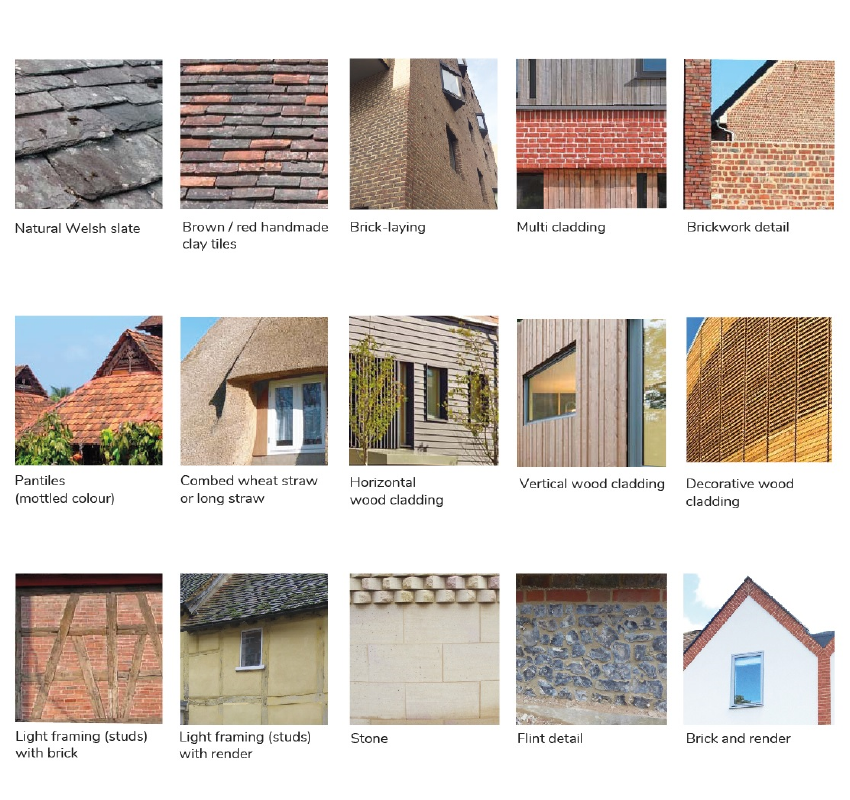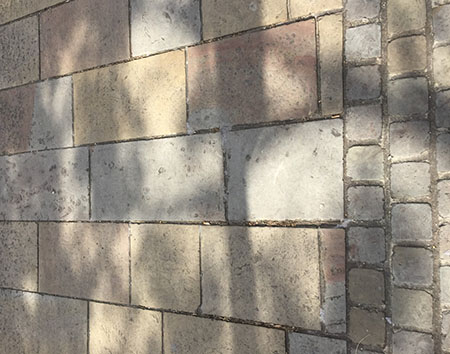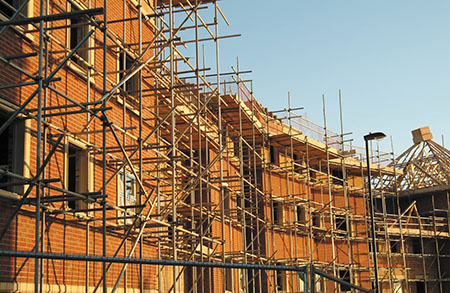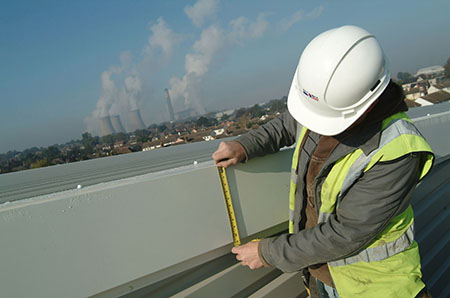The new development should ensure:
- the choice of materials and detailing for the streets/spaces and buildings are inspired by the contextual analysis and local vernacular;
- the visual impact of materials especially roof and brick colour. Visually recessive colours are encouraged in areas visible to the wider countryside;
- it presents visual interest, created by attractive detailing, high quality materials, depth and relief, shadow lines and fenestration. Changes to texture and colour should be encouraged to complement the façade articulation across the envelope of the building, not just individual elevations;
- materials used are proven to be sustainable, robust and weather well. Explore case studies/examples of where these materials have been used elsewhere to support your choice, including carbon credentials;
- it provides an accompanying palette of materials for streets and spaces to complement building materials. These should be easy to maintain;
- the approach to maintenance is clearly set out and identifies who is responsible for all the various parts of the scheme. The list of responsibilities is likely to include the following: buildings, trees and soft landscaping, streets and open spaces, public art and sustainable drainage systems;
- hard surface materials are appropriate for their intended purpose and technical requirements;
- there is sufficient space to allow landscaping and planting to establish and thrive;
- enough space has been provided so that existing trees will not be damaged and to avoid pressure from future residents to remove them in the future.





